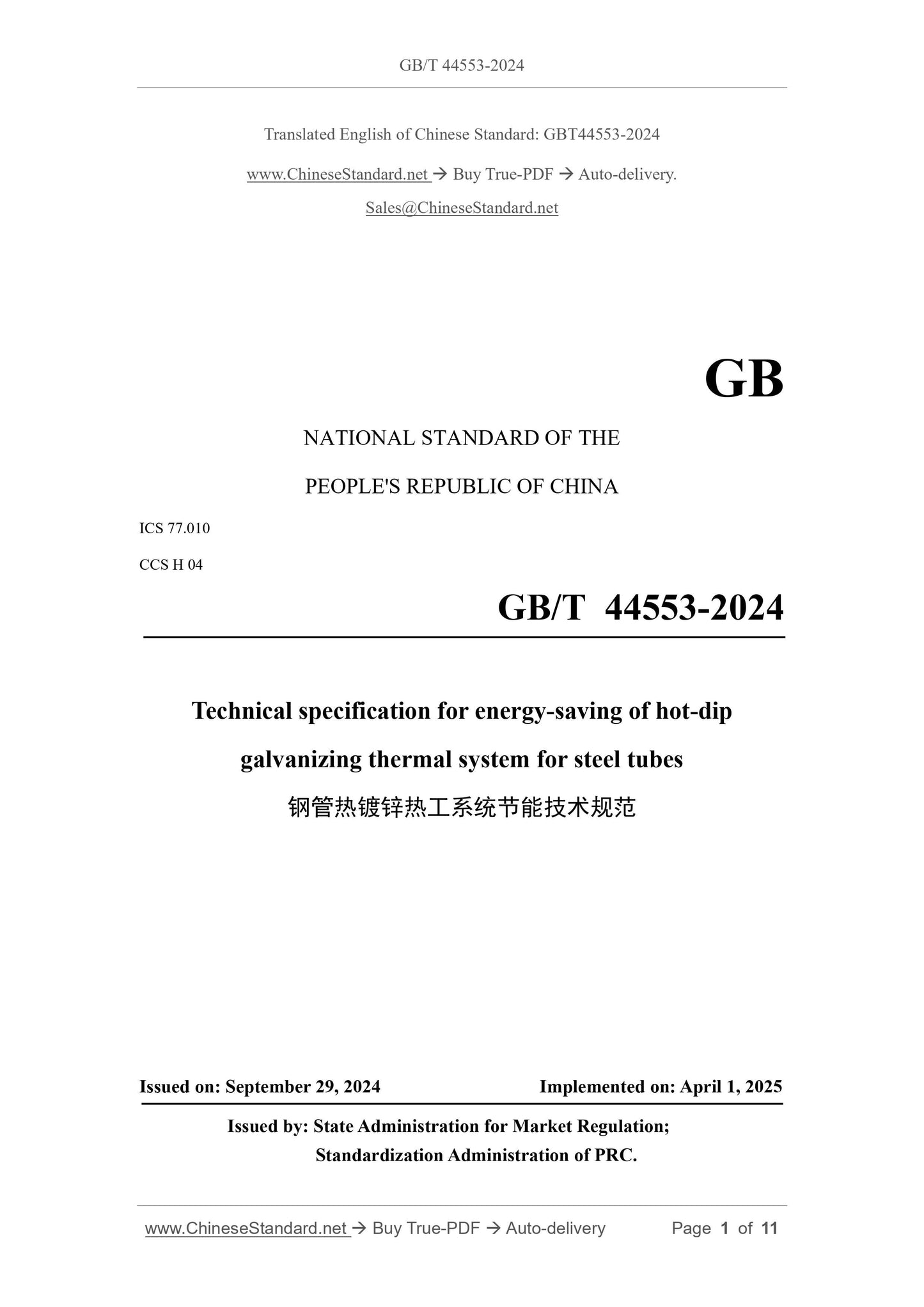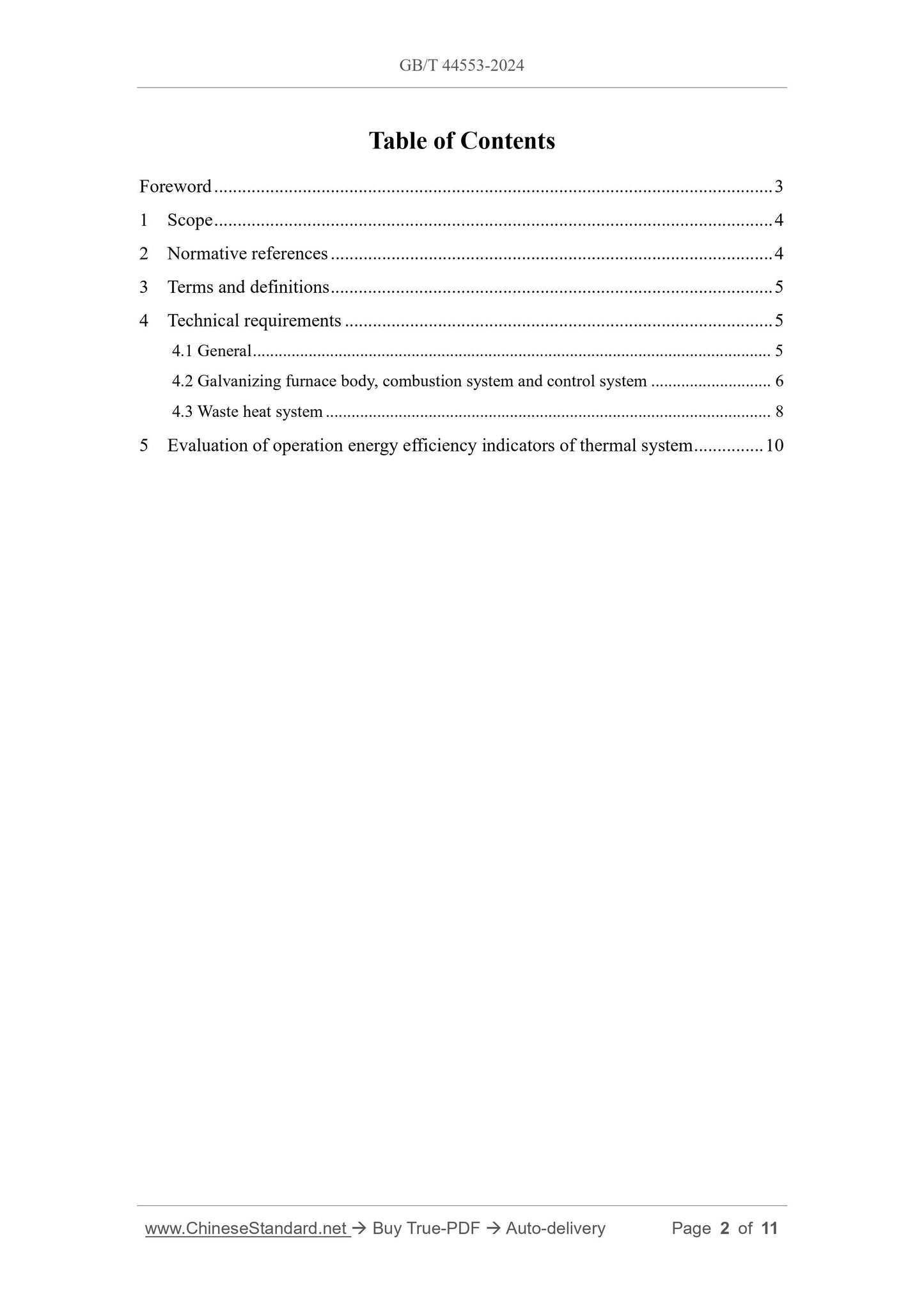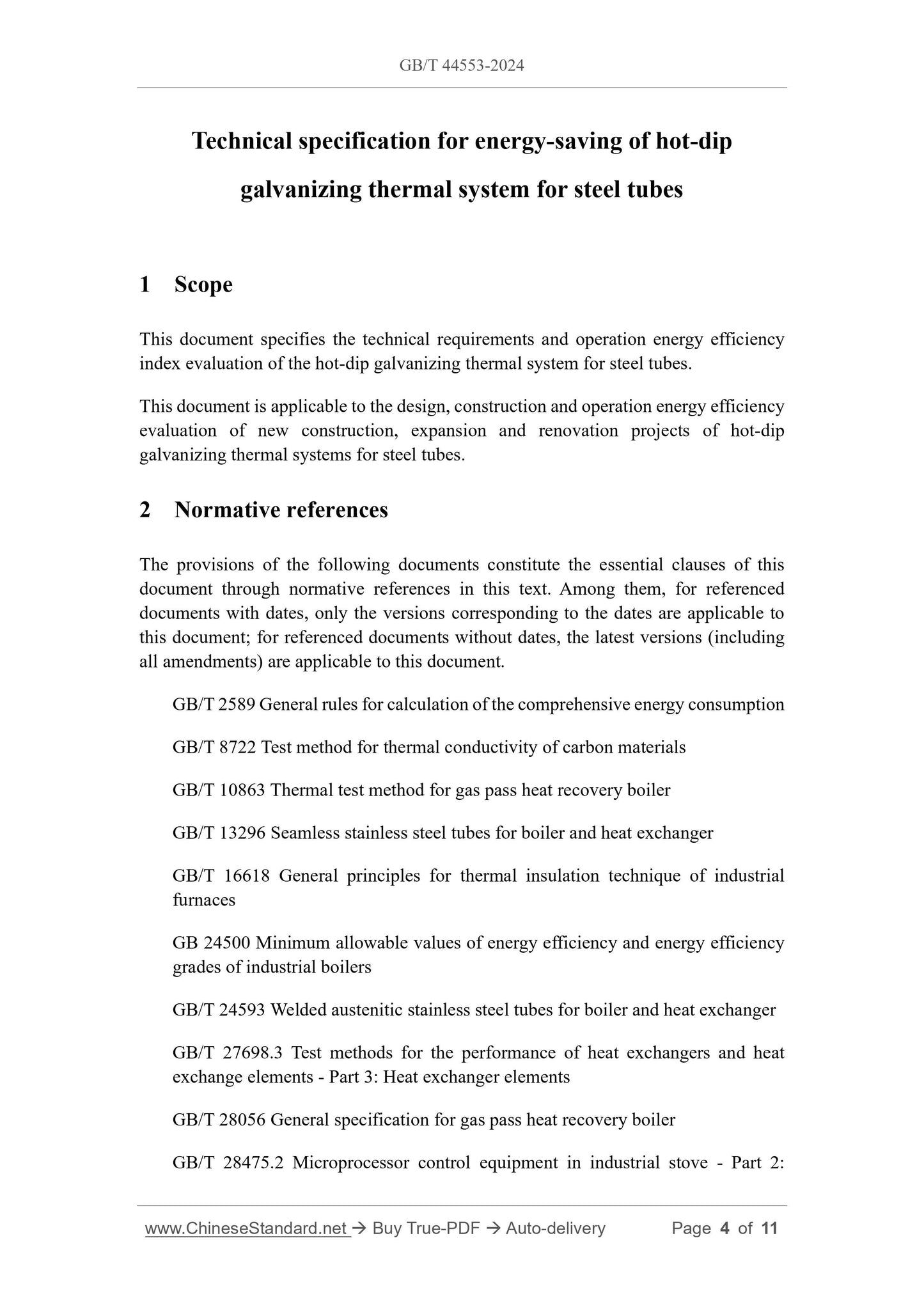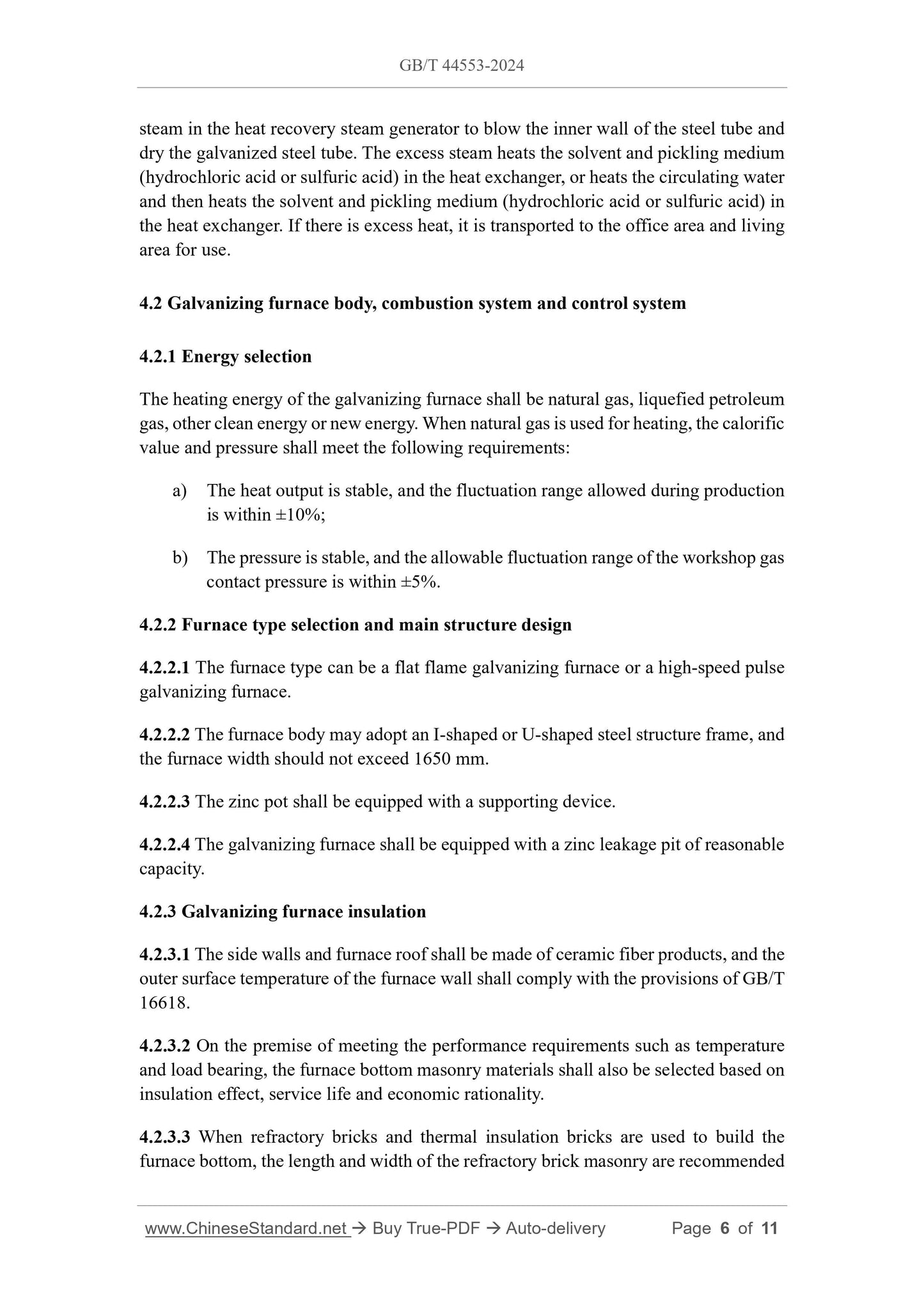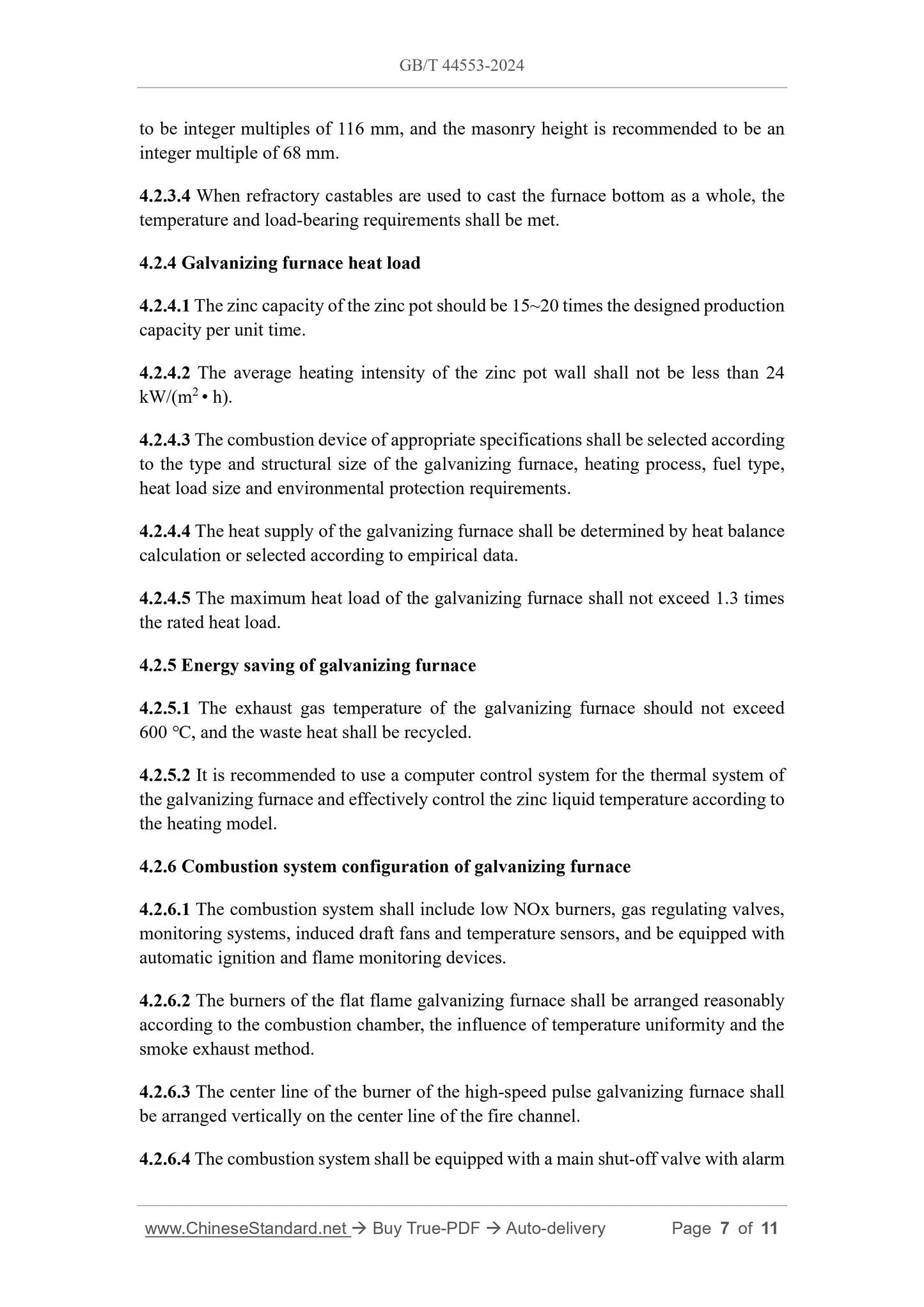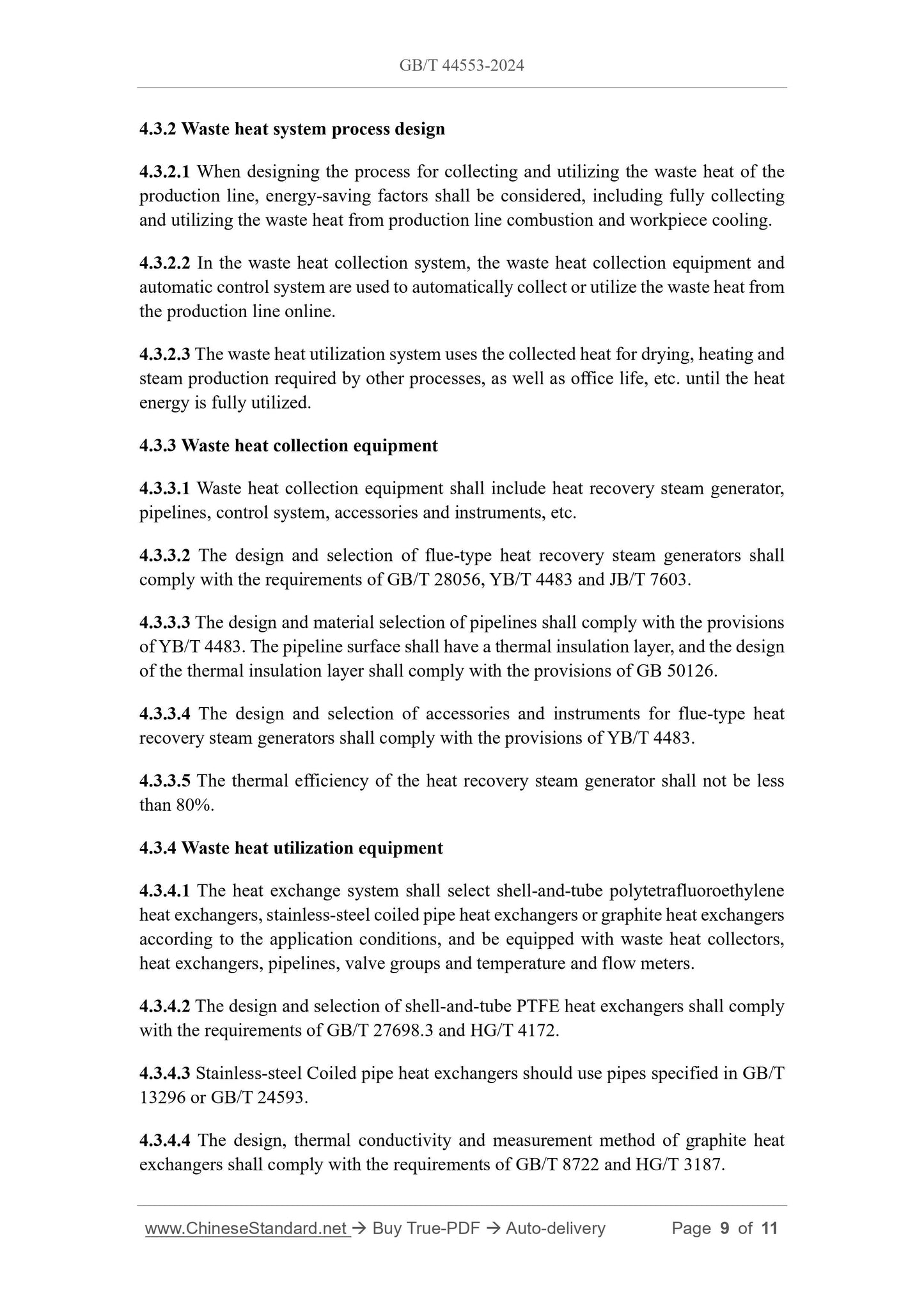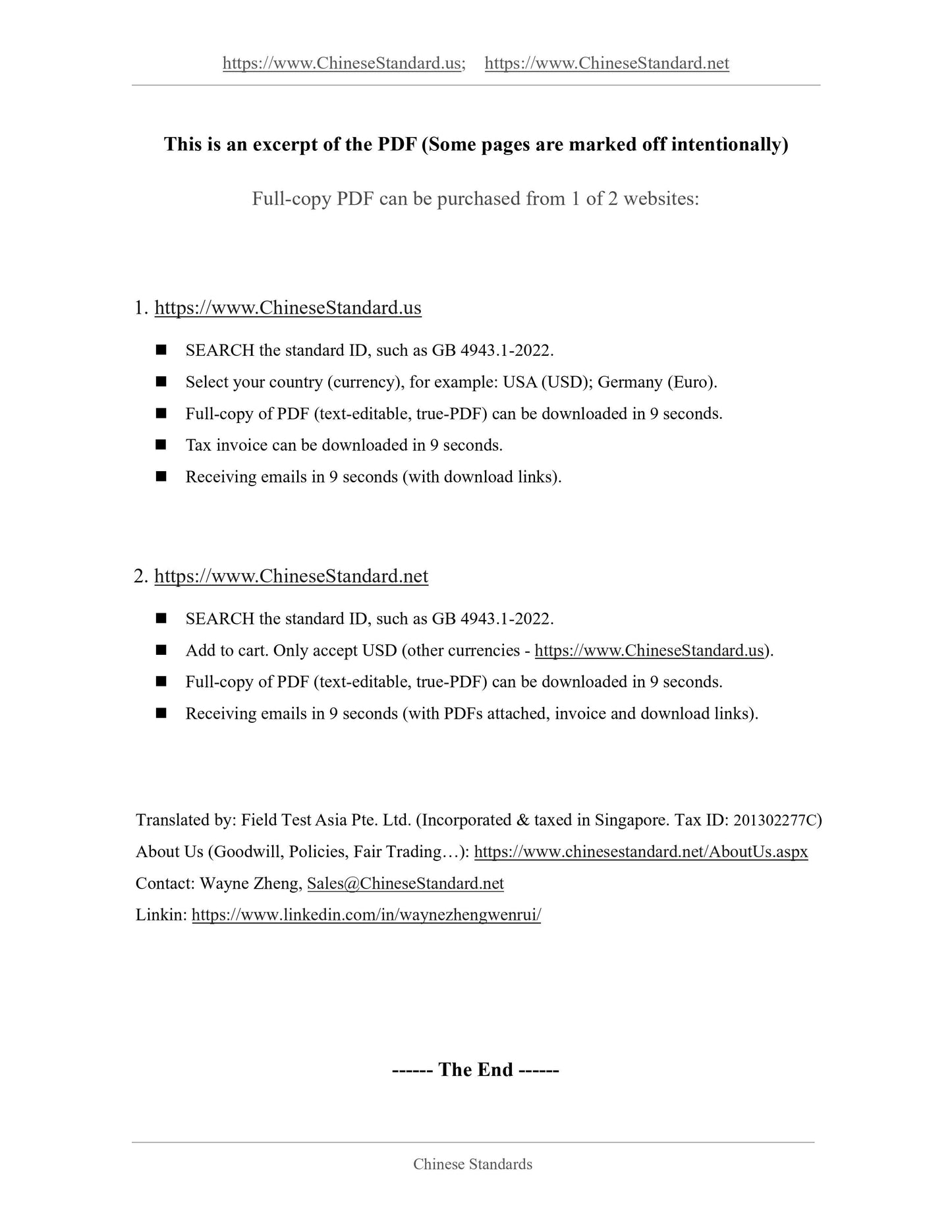1
/
of
7
www.ChineseStandard.us -- Field Test Asia Pte. Ltd.
GB/T 44553-2024 English PDF (GB/T44553-2024)
GB/T 44553-2024 English PDF (GB/T44553-2024)
Regular price
$215.00
Regular price
Sale price
$215.00
Unit price
/
per
Shipping calculated at checkout.
Couldn't load pickup availability
GB/T 44553-2024: Technical specification for energy-saving of hot-dip galvanizing thermal system for steel tubes
Delivery: 9 seconds. Download (and Email) true-PDF + Invoice.Get Quotation: Click GB/T 44553-2024 (Self-service in 1-minute)
Newer / historical versions: GB/T 44553-2024
Preview True-PDF
Scope
This document specifies the technical requirements and operation energy efficiencyindex evaluation of the hot-dip galvanizing thermal system for steel tubes.
This document is applicable to the design, construction and operation energy efficiency
evaluation of new construction, expansion and renovation projects of hot-dip
galvanizing thermal systems for steel tubes.
Basic Data
| Standard ID | GB/T 44553-2024 (GB/T44553-2024) |
| Description (Translated English) | Technical specification for energy-saving of hot-dip galvanizing thermal system for steel tubes |
| Sector / Industry | National Standard (Recommended) |
| Classification of Chinese Standard | H04 |
| Classification of International Standard | 77.010 |
| Word Count Estimation | 10,181 |
| Date of Issue | 2024-09-29 |
| Date of Implementation | 2025-04-01 |
| Issuing agency(ies) | State Administration for Market Regulation, China National Standardization Administration |
Share
